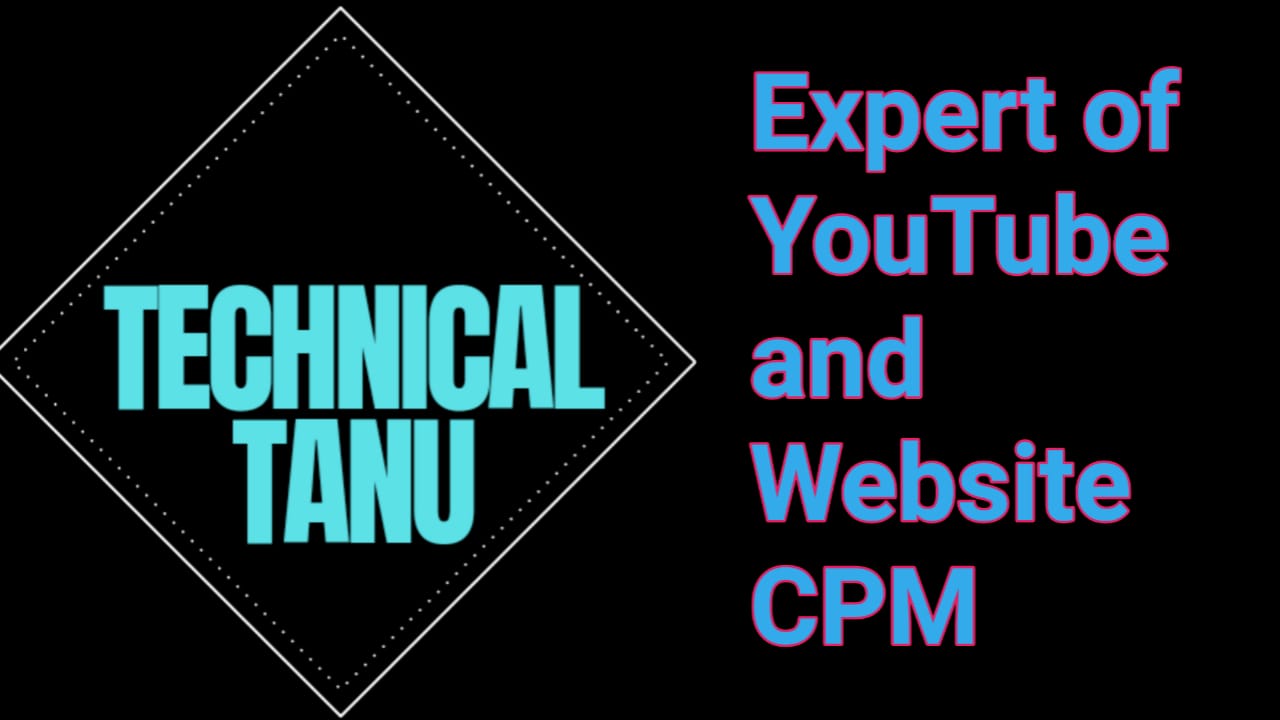How to create pages for WordPress. Understanding How Pages Work in WordPress. How to Create a New Page in WordPress site. Publishing & Previewing Your WordPress Page
Introduction
Creating pages for your WordPress website is a key element in building your online presence. In this article, we'll show you how to create a page and add content to it.
Understanding How Pages Work in WordPress
Think of your website as a book. Just like a book has chapters, your website has pages. And just like chapters, pages can be linked to each other to create a navigable structure for your visitors.
Adding pages to your website is a simple process. Log in to your WordPress Dashboard, and then click on Pages > Add New. This will open up a new window where you can add the details of your page.
Start by adding a page title. This will be the title that appears in the browser tab, and also the title that shows up in the menu bar at the top of your website. Next, add some content for your page. You can use the Visual Editor to add images, videos and text, or use HTML if you're more comfortable with coding.
When you're done, click on Publish to make your page live on your website.
How to Create a New Page in WordPress site
Once you have logged into your WordPress Dashboard, hover over "Pages" in the left-hand menu and then click on "Add New".
On this screen, you will need to provide a page title and then add some content to the page. The content can be anything you like, from a simple welcome message to a more detailed explanation of your services.
When you are finished adding content, click on the "Publish" button to make your page live.
Adding Content to Your WordPress Page
Adding content to your WordPress page is simple in 2023
Just click on the " add new " link in the Pages section of the WordPress dashboard, and you'll be taken to the Add New Page screen. Here, you can enter the title of your page and start writing your content.
When you're finished, click on the " publish " button to make your page live on your website.
Configuring Your WordPress Page Settings
Configuring your WordPress page settings is pretty simple. Just click on the "Page Settings" tab in the left sidebar and you'll see a bunch of options.
First, you can choose whether you want your page to be public or private. If you choose private, then only logged-in users will be able to see it.
Next, you can decide whether you want comments enabled or disabled on your page. If you're not sure, then you can always leave this setting as "Default" and change it later.
You can also choose a "Parent Page" if you want your page to be part of a hierarchy. For example, if you have a "About" page and a "Contact" page, you might want to make the "Contact" page a child of the "About" page.
Finally, you can set a "Template" for your page. This is optional, but if you want to use a special layout for your page, then this is where you would select it.
Publishing & Previewing Your WordPress Page
Assuming you're happy with the way your WordPress page looks, it's time to hit the publish button and make it live for the world to see.
To do that, simply scroll down to the bottom of the page and look for the 'Publish' button. Once you hit that, you can choose whether you want to publish immediately, or schedule it for later.
If you want to take a quick look at what your page will look like before you publish it, simply click on the 'Preview' button next to the publish button. This will open up a new window with a preview of your page.
Best Practices for Managing Your WordPress Pages
Now that you know how to create pages in WordPress, let's talk about some best practices for managing your pages.
The first thing you want to do is come up with a structure for your pages. I recommend using a hierarchy, with your most important pages at the top and your less important pages nested under those.
For example, if you have a page about your company's history, that would be a top-level page. But if you have a page about each of the products you sell, those would be nested under the "Products" page.
Another thing to keep in mind is that your pages should be targeted at different keywords. This will help you rank in search engines and get more traffic to your website.
And finally, don't forget to keep your pages up-to-date! Regularly revise and update your content to make sure it's accurate and relevant.
Conclusion
Pages are an important part of any website, and WordPress is no different. In this article, you learned how to create pages for WordPress, including how to add content, format it, and use different types of content. You also learned about some of the different page templates that are available in WordPress.
Pages are a great way to add content to your website, and they can be used for a variety of different purposes. If you need help creating pages for your WordPress site, or if you want to learn more about the different page templates that are available, be sure to check out the WordPress documentation.




0 Comments